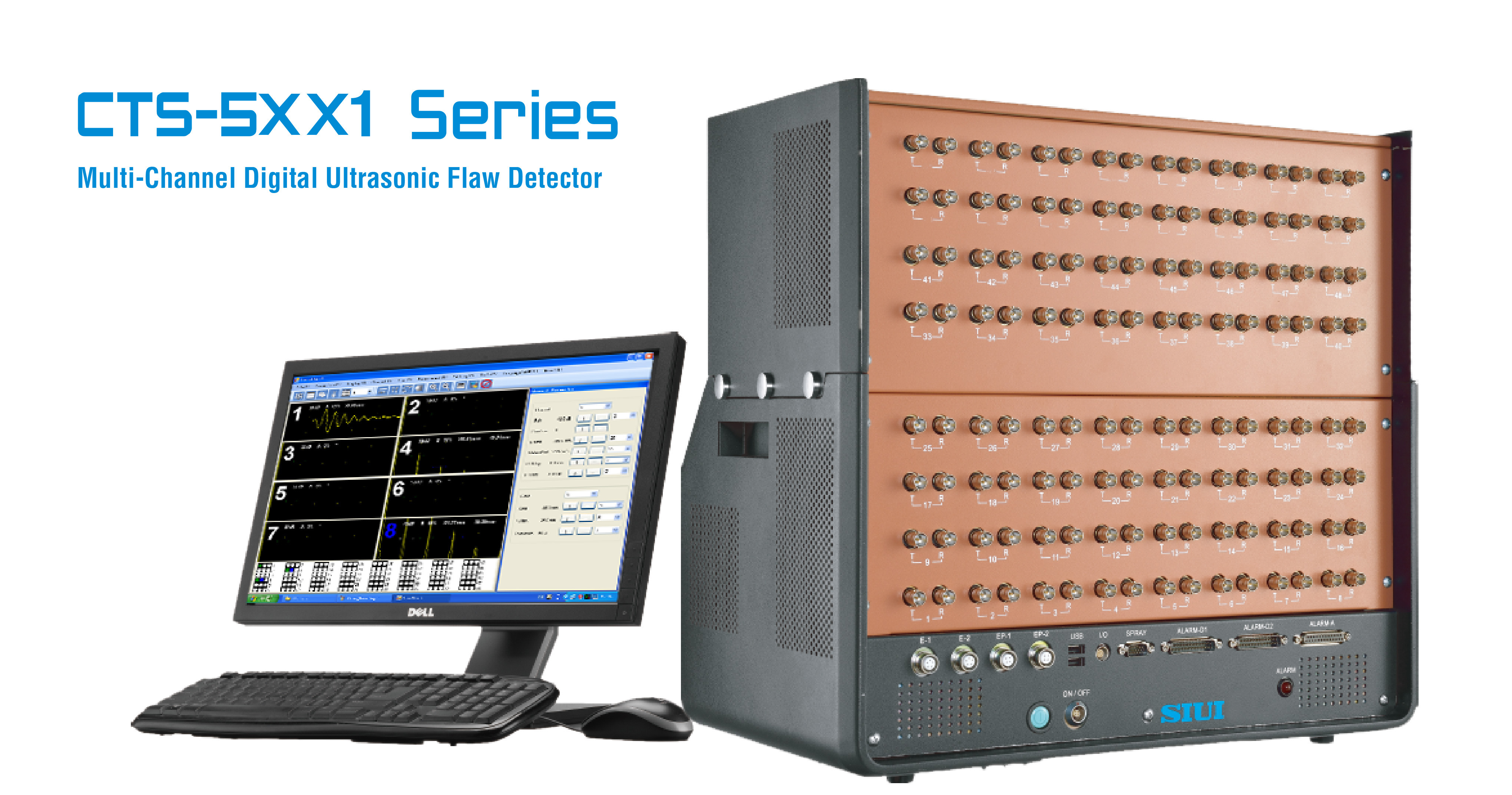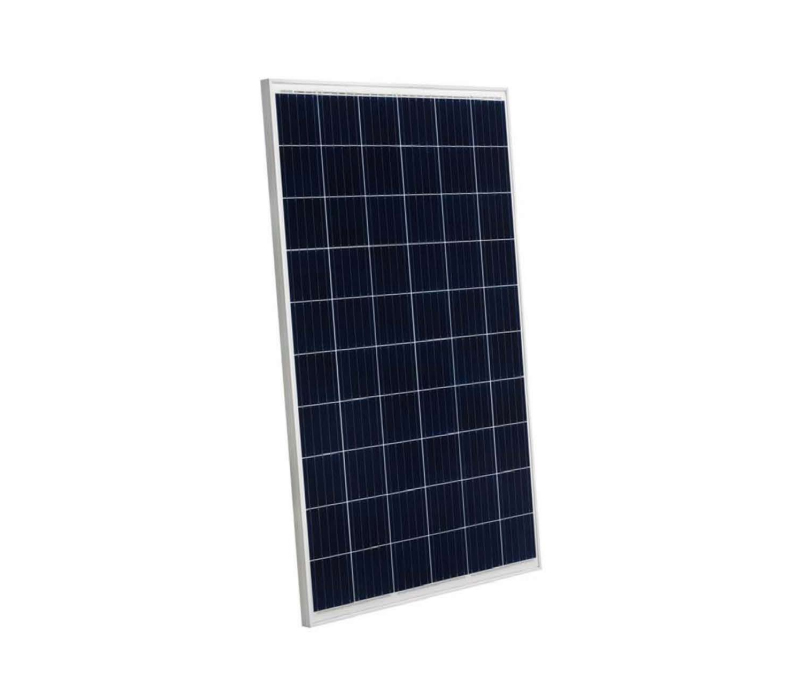According to foreign media reports, the Pacific Northwest National Laboratory has developed a new battery electrolyte formulation designed to extend battery life and battery capacity, thereby increasing the range of electric vehicles.
The researchers added a fluorine-based solvent to the electrolyte, and the lithium salt will become a salted cluster, which can form a local spherical high-concentration lithium salt in the solution to prevent the electrolyte from being corroded, thereby avoiding the formation of lithium crystal branches.
The Beijing Auto Show with the theme of "defining a new car life" officially opened. This exhibition also attracted auto companies and brands from all over the world.
A total of 1,022 vehicles were displayed at this year’s auto show, of which 174 were new energy vehicles, accounting for 17% of them. It can be seen that new energy vehicles have become the focus of attention of major car companies, and the technology, concepts and innovative products of new energy vehicles will also Show them all to the public.
According to foreign media reports, the Pacific Northwest National Laboratory has developed a new battery electrolyte formulation designed to extend battery life and battery capacity, thereby increasing the range of electric vehicles.
The researchers added a fluorine-based solvent to the electrolyte, and the lithium salt will become a salted cluster, which can form a local spherical high-concentration lithium salt in the solution to prevent the electrolyte from being corroded, thereby avoiding the formation of lithium crystal branches.
Lithium crystal dendrite refers to the structure of crystal dendrite or dendrite formed by the crystal when the lithium salt is crystallized, and its appearance resembles snowflakes and frost flowers. Lithium crystal branches are very easy to cause a short circuit of the battery, thereby affecting the service life of the battery.
And the electrolyte concept of the battery has been tested on the battery cell in the laboratory, but the size of the cell is only the size of a watch battery. Compared with the traditional electrolyte battery that can maintain the battery capacity after 100 times of charging and discharging, the newly developed electrolyte can withstand 700 times of charging and discharging process, making the battery life 7 times longer.
The cruising range of electric vehicles has always been an important reason for hindering its development. Although the new idea of electrolyte cannot be applied to electric vehicle batteries for the time being, it allows us to see the rapid development of battery technology.
As an important part of new energy, battery performance determines the overall performance of the vehicle to a large extent. So what kinds of mainstream new energy batteries are currently on the market, and what are their characteristics? Let us take inventory one time.
Lithium iron phosphate batteries. Before electric vehicles switched to ternary lithium batteries on a large scale in 2017, many vehicles used lithium iron phosphate batteries as energy storage devices.
The service life of the lithium iron phosphate battery is relatively long, under normal circumstances its cycle life can reach 2000 times. And its thermal stability is the best among all lithium batteries. The peak value of its electric heating can reach 300-500°C. After 500°C, the internal chemical components begin to dissolve, which also ensures its safety.
Moreover, the cost of lithium iron phosphate battery is relatively low. The cost of battery occupies a large proportion in a pure electric vehicle. Reducing battery cost has a very obvious effect on improving the cost-effectiveness of the vehicle.
Although lithium iron phosphate battery has many advantages, it also has some shortcomings, so that electric vehicle companies have turned to ternary lithium batteries. Its energy density is relatively low, and a higher vehicle weight is required to achieve a certain cruising range, which is obviously unfavorable for controlling energy consumption.
Especially the subsidy of China's new energy policy, there are different subsidies for different mileages, but due to its own characteristics, the energy density of lithium iron phosphate batteries is difficult to increase, so they are gradually replaced by ternary lithium batteries.
Ternary lithium battery refers to a lithium battery that uses nickel cobalt manganate potassium ternary cathode material as the positive electrode material. Its biggest advantage lies in its high energy density, which can reach 200Kwh/kg, which is of great help to the lightweight design of the car body. And with the rapid development of the battery industry, its price has also come to a position that manufacturers can generally accept.
However, the shortcomings of ternary lithium batteries are also very obvious. Its decomposition temperature is about 250-350℃. The decomposition of internal chemical components will release oxygen molecules. Under the action of high temperature, the internal electrolyte will burn rapidly, so the battery has spontaneous combustion or Risk of explosion. However, with the advancement of technology and the wide application of ceramic separators, the safety issues of ternary lithium batteries have been effectively improved.
Although nickel-metal hydride batteries are rarely mentioned now, they once also dominated the electric vehicle market. The cumulative sales of HEVs equipped with nickel-metal hydride batteries in the world have reached 10 million. Except for Toyota's models, almost no other models are equipped with such batteries.
Ni-MH battery is a kind of battery with good performance. It is mainly divided into high-voltage nickel-hydrogen battery and low-voltage nickel-hydrogen battery. At present, the new energy vehicles we are in contact with use low-voltage nickel-hydrogen battery.
Its energy density is not much different from that of ordinary lithium batteries, but because the cell pressure of the battery is only 1.2V, the volume of the battery pack is much larger than that of lithium batteries under the condition of a certain voltage.
The last thing I have to say is the hydrogen fuel cell, its basic principle is the reverse reaction of electrolyzed water. Hydrogen fuel cell has the advantages of high energy conversion efficiency, pollution-free, long life and stable operation, and it has no pollutant emission because the product after its reaction is water.
Although the hydrogen fuel cell has so many advantages, its disadvantages are also obvious. Its storage and transportation requirements are relatively high, and due to the flammable and explosive characteristics of hydrogen, special pipelines need to be laid during the transportation process.
However, the current supporting facilities for the transportation of hydrogen fuel cells are still not perfect, so hydrogen fuel cells have not been widely promoted and applied.
The rapid development of new energy vehicles is inseparable from the support of battery technology, and solving the battery endurance has become the key to the problem.
As the Northwest Pacific National Laboratory develops new electrolyte technology, I believe that more battery technologies will be developed, and the battery life will no longer be a pain point in the development of new energy vehicles.


































